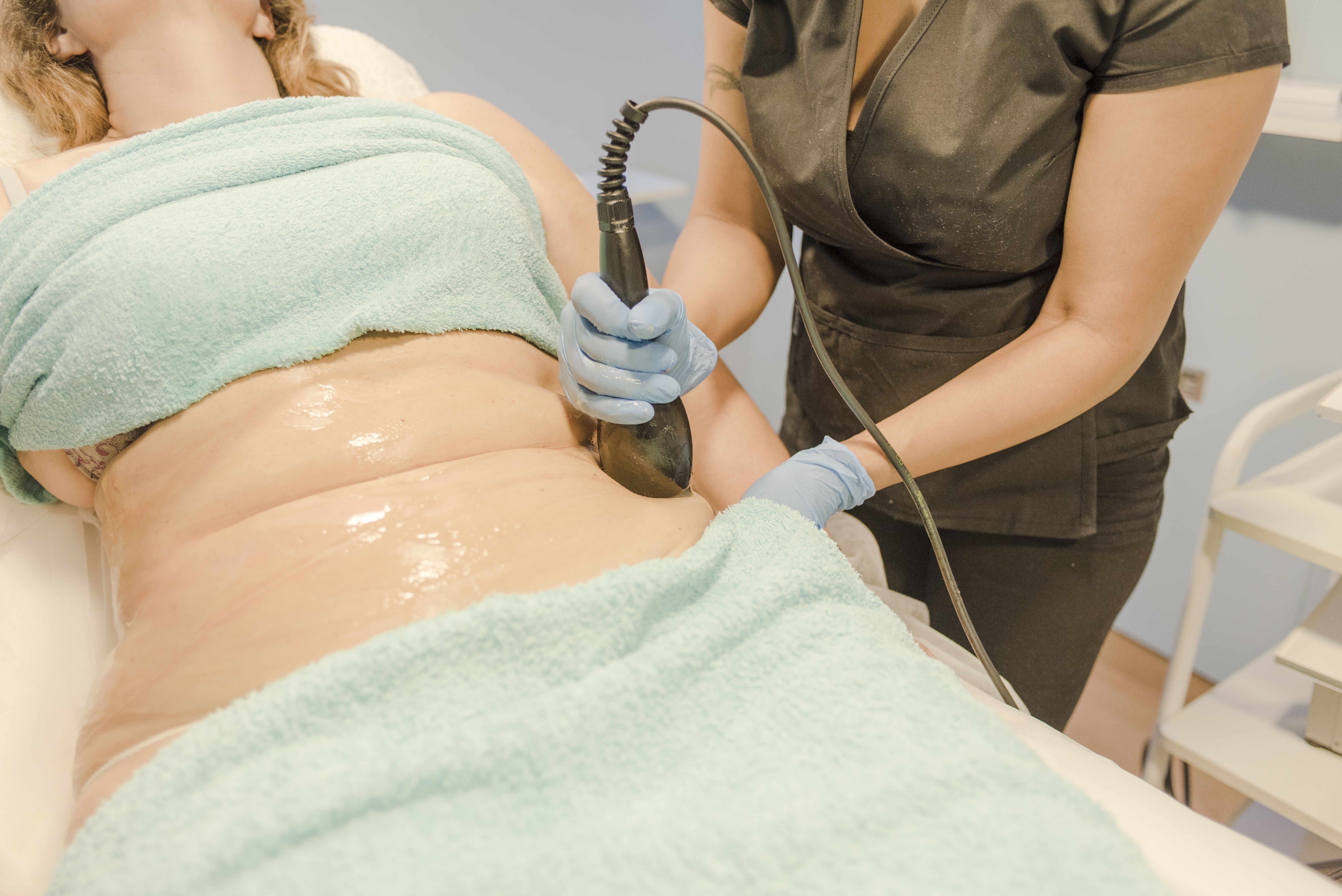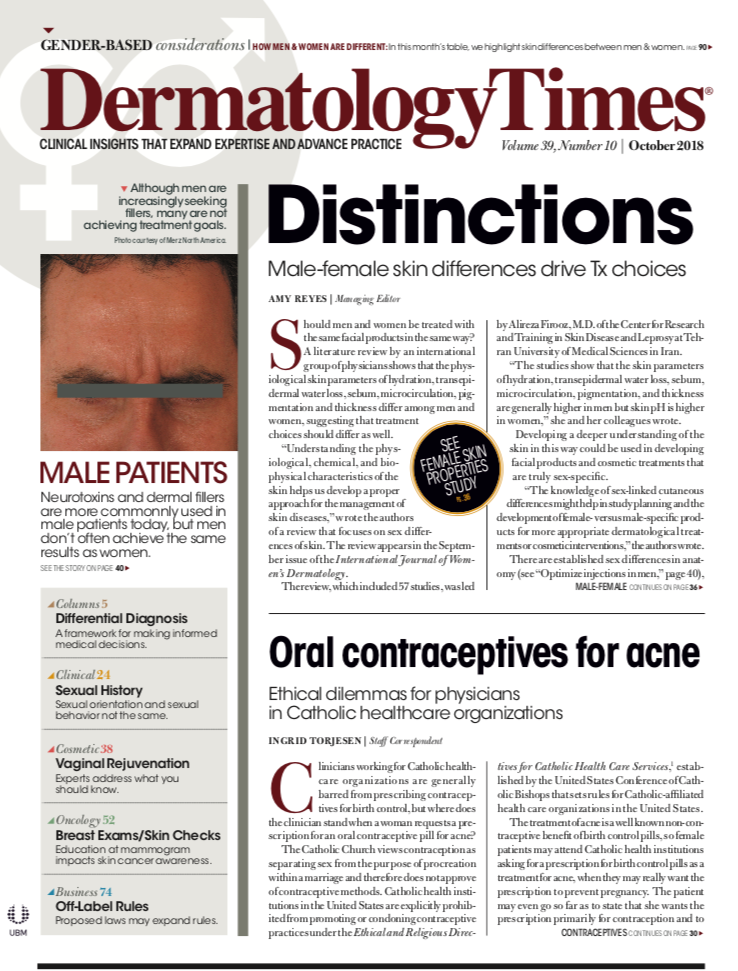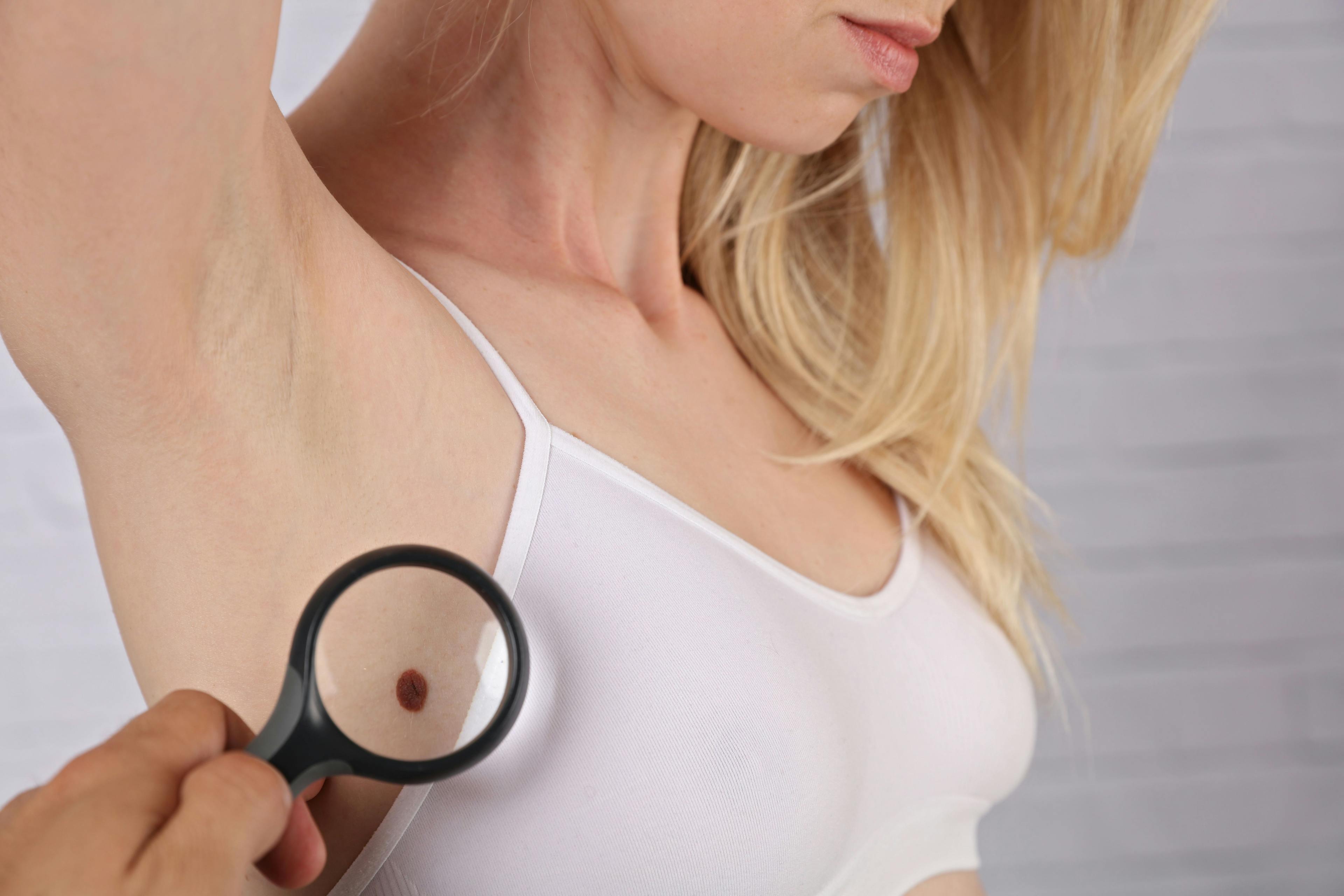- Acne
- Actinic Keratosis
- Aesthetics
- Alopecia
- Atopic Dermatitis
- Buy-and-Bill
- COVID-19
- Case-Based Roundtable
- Chronic Hand Eczema
- Chronic Spontaneous Urticaria
- Drug Watch
- Eczema
- General Dermatology
- Hidradenitis Suppurativa
- Melasma
- NP and PA
- Pediatric Dermatology
- Pigmentary Disorders
- Practice Management
- Precision Medicine and Biologics
- Prurigo Nodularis
- Psoriasis
- Psoriatic Arthritis
- Rare Disease
- Rosacea
- Skin Cancer
- Vitiligo
- Wound Care
Publication
Article
Dermatology Times
The value of online patient reviews
Author(s):
Dermatologists can use online patient reviews as a tool to educate patients about minimally-invasive fat reduction procedures, according to a new study.
Dermatologists can use online patient reviews as a tool to educate patients about minimally-invasive fat reduction procedures, according to a new study. (Fotonomada - adobe.stock.com)

Online patient reviews on social media sites can be an effective tool in helping dermatology practices market and educate patients about minimally-invasive fat reduction procedures, a new study has found.
Body contouring is one of the fast growing areas of dermatology. According to the American Society of Dermatologic Surgery, body sculpting procedures are among the top four treatments patients request. Consequently, knowing what patients do and don’t like about them and how they rate their experiences can help clinicians influence patient choices, study authors say.
“Minimally-invasive and non-invasive fat reduction procedures are rated extensively online,” says study author Sreya Talasila, M.D., a dermatologist with Northwestern University Feinberg School of Medicine. “Aesthetic providers should use this available information to guide decision-making around minimally-invasive technique selection and price setting within their own practices.”
The study, published in Dermatologic Surgery, analyzed 11,871 patient reviews on fat-reduction procedures from the website RealSelf.com, a well-known aesthetics platform where patients share their experiences. The website’s reviews, extracted by researchers in 2017, divided patient satisfaction ratings into “worth it” (positive), “not worth it” (negative), and “not sure” (neutral).
For more accurate comparisons, Dr. Talasila says, the team grouped reviews of 13 unique minimally-invasive procedures into five body contouring modality categories: laser, cryolipolysis, injectables, radio frequency, and ultrasound. The ratings only included patient satisfaction feedback and did not offer information about patient demographics, including body mass index, age, or treatment goals.
Investigators also compared these reviews to patient responses on invasive body contouring (traditional liposuction).
The overall intent, Dr. Talasila says, was to determine which body contouring procedures are most popular and accepted among patients, especially newer ones that are used less-widely to date.
“With all the different procedures and the different number of treatments that need to be done, dermatologists should discuss treatment length and cost variability with patients upfront,” she says. “This is a growing field right now, and patients are interested. Clinicians need to be aware and be able to discuss it freely.”
Being knowledgable of online satisfaction assessments can help dermatologists manage patient expectations and set benchmarks for procedure length-of-treatment and outcomes, she says.
According to study results, researchers reviewed 7,170 patient reviews that encompassed all five minimally-invasive procedure categories. The overall satisfaction rating was 58 percent. But, despite being more expensive and more invasive, liposuction, which had 4,645 patient reviews, still had a higher satisfaction rating of 66 percent. The average cost for minimally-invasive procedures ranges from $1,350-$6,025. Liposuction’s price tag can be up to $7,000.
Conversations about cost can be important because minimally-invasive procedures are typically paid for out-of-pocket. Clinicians should be prepared to discuss the possibility that costs may vary for patients based on the individual number of treatments they will need to achieve the desired results, Dr. Talasila says.
In addition, researchers also analyzed and compared patient reviews of tumescent liposuction, a intermediately-invasive fat reduction technique. This procedure, which can be performed in one session, can address larger volume patient cases than minimally-invasive procedures, but it doesn’t require the operating room and anesthetist needed for traditional liposuction. In reviews, patients gave tumescent liposuction a 63-percent satisfaction rating.
Despite having a lower umbrella positive rating than more traditional, extensive techniques, the minimally-invasive procedures still had a median global rating of 81 percent satisfaction. Laser procedures received 3,565 reviews and a 61-percent satisfaction score. Patients completed 2,707 cryoplipolysis reviews, giving the technique a 55-percent satisfaction score. A total of 319 patients reviewed injectable treatments, resulting in a 49-percent satisfaction score. And, 314 patients reviewed radio frequency techniques, and 275 patients expressed opinions about ultrasound, giving these options satisfaction scores of 63 percent and 73 percent, respectively.
The researchers highlighted patient responses for some specific procedures, as well. Zerona, a laser procedure, received 43-percent satisfaction, and CoolSculpting, a cyrolipolysis technique scored a 55-percent satisfaction rating. Kybella (injectable), Liposonix (radio frequency), and UltraShape Power (ultrasound) received satisfaction scores of 49 percent, 43 percent, and 91 percent, respectively.
The study did not delve into the reasons why patients gave positive or negative reviews, however, Dr. Talasila says, noting further research would be necessary to pinpoint their reasons, such as procedural pain or disappointment in effectiveness and results.
“Patient choices are different, and we didn’t parse out the demographic data to further stratify their differences,” she says. “This information could be most helpful for clinical cost setting because cost data is available on RealSelf. It may encourage aesthetic and cosmetic providers to be aware of the website for benchmarking and even modality selection. They need to know what patients are aware of.”
This information could also help clinicians better understand how patients view the benefits and pitfalls of these minimally-invasive procedures from a real-world perspective. Based on data from other industries, Dr. Talasila says, online reviews have been shown to directly impact customer decisions, indicating popularity, consumer demand, and product awareness. Consequently, the more aesthetic providers can tell patients about how other individuals have responded to these body contouring techniques, the more informed the patient’s overall decision will be, she says.
Staying abreast of what patients say online about these medical procedures can also give clinicians the tools they need to correct any misperceptions or misinformation patients gather from searching about fat reduction techniques online. While patient reviews can include factual information about one individual’s experience, not all online resources provide accurate assessments of patient satisfaction or of a procedure’s efficacy and safety.
For example, in a recent study, published in JAMA Facial Plastic Surgery, researchers from Rutgers New Jersey Medical School found the majority of YouTube videos on facial plastic surgery procedures were misleading marketing campaigns. Out of 240 videos with 160 million combined views, only 72 videos included a board-certified physician qualified to accurately assess the procedures and offer information to patients.
Consequently, aesthetic providers should familiarize themselves with online reviews, such as those on RealSelf.com, so they will be better prepared to help patients make the right decisions that fall best in line with the patient’s medical history, Dr. Talasila says.
“Social media is one of the easiest ways for people to get reviews of other people’s experiences,” she says. “Clinicians should want to see what information is out there and what their patients are gleaning from it.”
REFERENCE
Evers-Metlzer R, Talasila S, Xu S. Social Media Ratings of Minimally-Invasive Fat Reduction Procedure’s: Bench-marking Against Traditional Liposuction, Dermatologic Surgery (2018); doi:10.1097/DSS.0000000000001509
Alaeddin I, Nicheporuck BS, Paskhover B, Ward B, Ward M. Assessments of YouTube as an Informative Resources on Facial Plastic Surgery, JAMA Facial Plastic Surgery (2018); doi:10.1001/jamafacial.2018.0822

Newsletter
Like what you’re reading? Subscribe to Dermatology Times for weekly updates on therapies, innovations, and real-world practice tips.



























